
WNC Orchard Insect Pest Populations - July 8, 2025
Second generation codling moth is the main insect of concern this week, with first generation brown marmorated stink bug …


El inglés es el idioma de control de esta página. En la medida en que haya algún conflicto entre la traducción al inglés y la traducción, el inglés prevalece.
Al hacer clic en el enlace de traducción se activa un servicio de traducción gratuito para convertir la página al español. Al igual que con cualquier traducción por Internet, la conversión no es sensible al contexto y puede que no traduzca el texto en su significado original. NC State Extension no garantiza la exactitud del texto traducido. Por favor, tenga en cuenta que algunas aplicaciones y/o servicios pueden no funcionar como se espera cuando se traducen.
Inglês é o idioma de controle desta página. Na medida que haja algum conflito entre o texto original em Inglês e a tradução, o Inglês prevalece.
Ao clicar no link de tradução, um serviço gratuito de tradução será ativado para converter a página para o Português. Como em qualquer tradução pela internet, a conversão não é sensivel ao contexto e pode não ocorrer a tradução para o significado orginal. O serviço de Extensão da Carolina do Norte (NC State Extension) não garante a exatidão do texto traduzido. Por favor, observe que algumas funções ou serviços podem não funcionar como esperado após a tradução.
English is the controlling language of this page. To the extent there is any conflict between the English text and the translation, English controls.
Clicking on the translation link activates a free translation service to convert the page to Spanish. As with any Internet translation, the conversion is not context-sensitive and may not translate the text to its original meaning. NC State Extension does not guarantee the accuracy of the translated text. Please note that some applications and/or services may not function as expected when translated.
Collapse ▲
Second generation codling moth is the main insect of concern this week, with first generation brown marmorated stink bug …
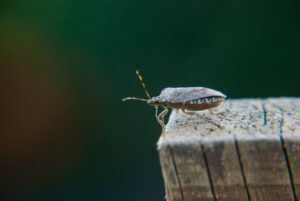
Codling Moth: In lower elevation orchards (i.e., those ranging from about 800 to 1300 ft) an insecticide targeting second …

In Henderson County and similar elevations, first generation codling moth flight is complete, and second generation flight is not …
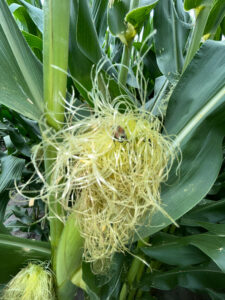
Current Situation in North Carolina Corn is currently at the tasseling and silking stages across the state, which is typically …
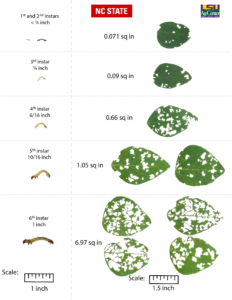
Authors: Igor Sulzbacher Schardong (NC State University), Dominic D. Reisig (NC State University), Berenice Romero (Louisiana State University), Jeff Davis, (Louisiana State …

Soybean can tolerate considerable defoliation before it loses yield. Common major defoliating pest species in NC include bean leaf …

Article by Alexis Alsdorf, NC State Department of Entomology and Plant Pathology PhD student Helicoverpa zea (corn earworm or bollworm) …
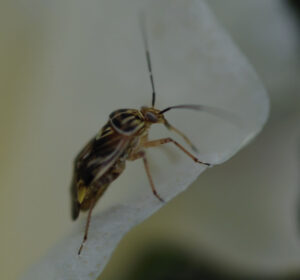
As cotton starts to square, it’s time for growers to check their fields every week for tarnished plant bugs. …
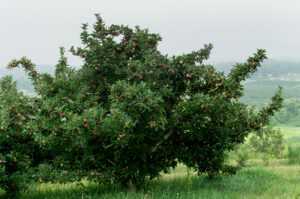
Codling Moth: Throughout the region we remain in that window where codling moth is between generations, and unless there …
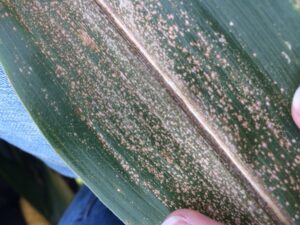
Are the spots circular with tan centers and purple to dark brown margins, possibly surrounded by yellow halos? → …
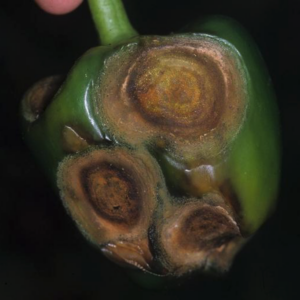
Written by Lina Quesada-Ocampo, Sarah Cochran-Murray, and Inga Meadows Reports of pepper anthracnose outbreaks caused by Colletotrichum scovillei are increasing across …
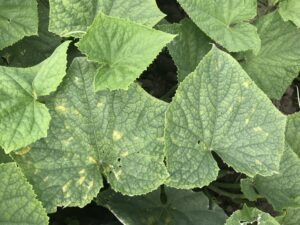
Downy mildew, caused by the oomycete Pseudoperonospora cubensis, has been identified on cucumber crops in Eastern North Carolina as …
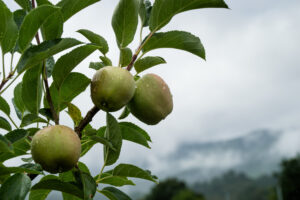
Depending on elevation, we are either approaching or in that period when most major pests exhibit a low potential …
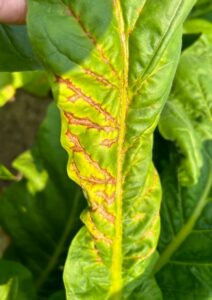
With TSWV showing up in more fields this season, Lorena Lopez and I pulled together a quick factsheet on …
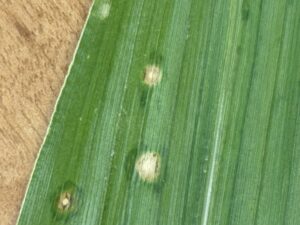
With such a wet May, y’all are probably seeing an uptick in leaf spots on corn, but there’s no …

In orchards at elevations of about 2000 ft or higher (e.g., Henderson County), this week should see the last …

Quite a few folks have been wondering about thrips applications, as cotton is still going into the ground, some …
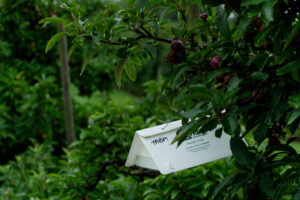
First generation codling moth remains a key pest of concern across the region. Also, the window for tufted apple …
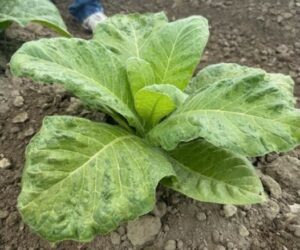
Tobacco Mosaic Virus (TMV) is one of the most persistent and easily spread viruses in tobacco. Here’s what you …
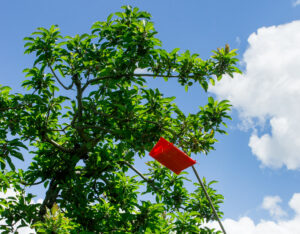
Codling moth degree-day accumulations range from about 370 in Henderson County (2100 ft) to about 600 in the lower …